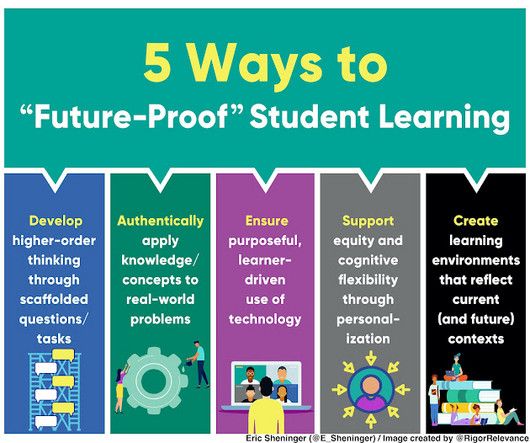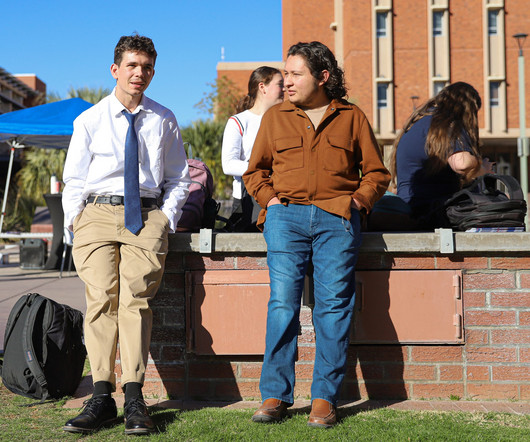Future-Proofing Learning: Preparing Students for an Uncertain Tomorrow
A Principal's Reflections
MARCH 2, 2025
Future-proofing learning requires a shift in pedagogy, focusing on higher-order thinking, authentic application, purposeful technology integration, personalization, and flexible learning environments. One crucial aspect of future-proofing learning is developing critical thinking and metacognition. Marzano, R. & Kendall, J.
















Let's personalize your content